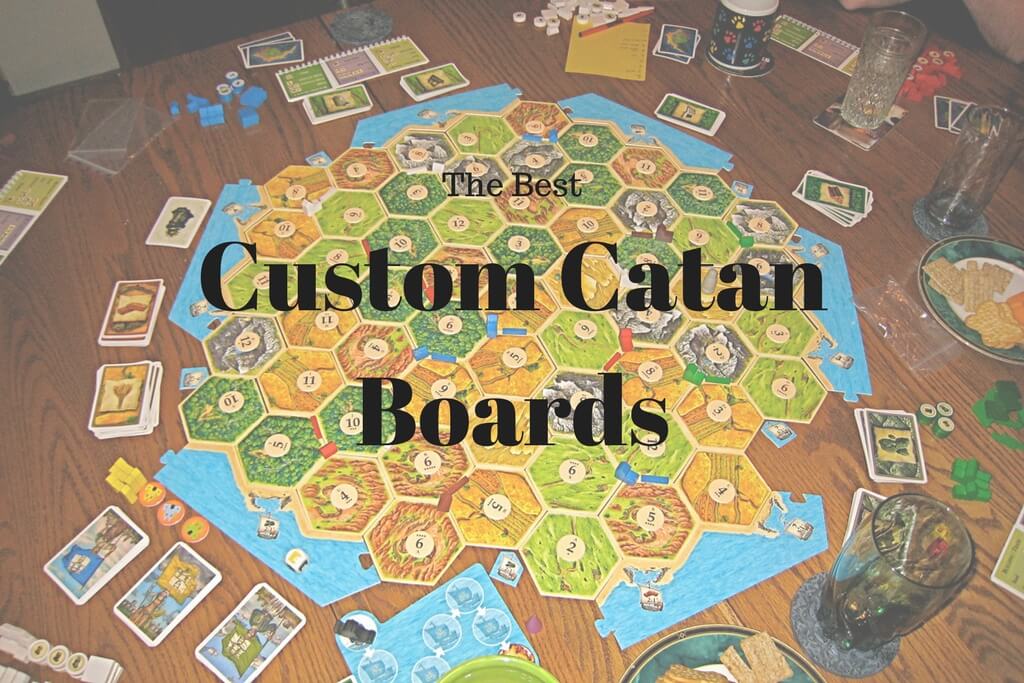
/_hero_SQ_Catan-Board-Game-1-4e3bc64d68ea4b2d99840e423879cb9f.jpg)
So, for example, if you placed two cities next to a mountain tile with a 5 on it, you’ll get four ore cards every time a 5 is rolled. Settlements earn one resource card each and cities earn two. If your settlement is adjacent to that tile, then you earn the resource that it represents. Rolling: Each turn begins with a roll of the two dice whose sum will correspond to the number token on a hexagonal tile.

In fact, my teenage son Charlie says that after winning, it’s his favorite part of the game.Ĭatan tends to be competitive until the last point is won (or stolen, depending on your perspective). Overall, we found the setup process easy and enjoyable-similar to putting together a simple puzzle with multiple moving pieces. When my family plays, we try to make the tile selection process as “fair” as possible, evenly distributing the resources as well as the number tokens. Choose well, and you’ll reap the rewards with each roll of the dice choose poorly (or unluckily) and you’ll quickly be cursing those choices. For example, if you choose a spot surrounded only by hills (which gives you brick), then you won’t be able to get the resources necessary to advance your gameplay later on. You need to strategically place your settlements in spots near a variety of resources on the board.

Once the last player places his or her first settlement, that player gets to then place his or her second road and settlement, followed by the remaining players in reverse order. This creates a unique terrain that looks like a map for each game. The strategy and tactics components come into play during setup: Each player takes turns placing two settlements (little houses) and two roads settlements may be placed anywhere on the board as long as there is no other settlement within one road segment. We often play two games back to back, usually at my insistence, so I can have another (usually fleeting) chance to best my kids. It takes about five minutes to set up the board for each game and then around an hour for each match. If you play according to this variant, you also may immediately use a newly built harbor for maritime trade (trade with the bank at an improved rate).The Spruce / Sarah Vanbuskirk Setup: Fun to switch up The players may trade, then build, trade again, build again, etc. The "first trade, then build" order is no longer observed. If this isn't possible, the robber stays in the desert. At the beginning of the game, when all players still have less than 3 victory points, the robber must thus be placed on a hex that doesn't have a settlement adjacent to it. It is not allowed to place the robber on a terrain hex marked with a number if a player who has less than 3 victory points owns a settlement adjacent to this hex. The following variants are highly recommended: The likelihood of receiving better trade offers increases, and the robber avoids your terrain hexes. The less you trade, the more advantages you are giving away.Ī little bit of complaining at the right time often works wonders. Trading with an opponent gives you and your opponent an advantage over the other players. If you trade cleverly, you improve your chances to win the game. Then you can trade 2 wool for any 1 other resource of your choice. Harbors are of particular importance if you can expect a good production of a particular resource.įor example, if you have settlements adjacent to pasture hexes marked with good numbers, you should, as soon as possible, build a settlement on a coastal intersection next to the 2:1 wool harbor. For example, owning a settlement adjacent to two terrain hexes marked with a 6 and an 8, respectively, is more favorable than owning a settlement adjacent to two terrain hexes each of which is marked with an 8. This is the only way to receive as many different resources as possible, thus avoiding expensive trades with the bank.Ī broad distribution of numbers is also beneficial. You should make sure that your first two settlements are adjacent to all terrain types if possible. Therefore, at least at the beginning of the game you should build settlements adjacent to terrain hexes marked with numbers close to 7. This shows that the closer the numbers are to 7, the more frequently they are rolled. If you roll 2 dice 36 times, the statistical distribution of the results is as follows: I'll also give you a description of two variants I like to play.ġ. I wrote down a couple of tips for you, so you can avoid having a similar experience. As you can imagine, I hardly received any resources for the settlement I had placed between terrain hexes marked with the numbers 2, 12, and 3. Well, nobody had told me that with two dice the numbers 6 and 8 are rolled much more frequently than the numbers 2 and 12. I lost my first game of CATAN resoundingly.


 0 kommentar(er)
0 kommentar(er)
